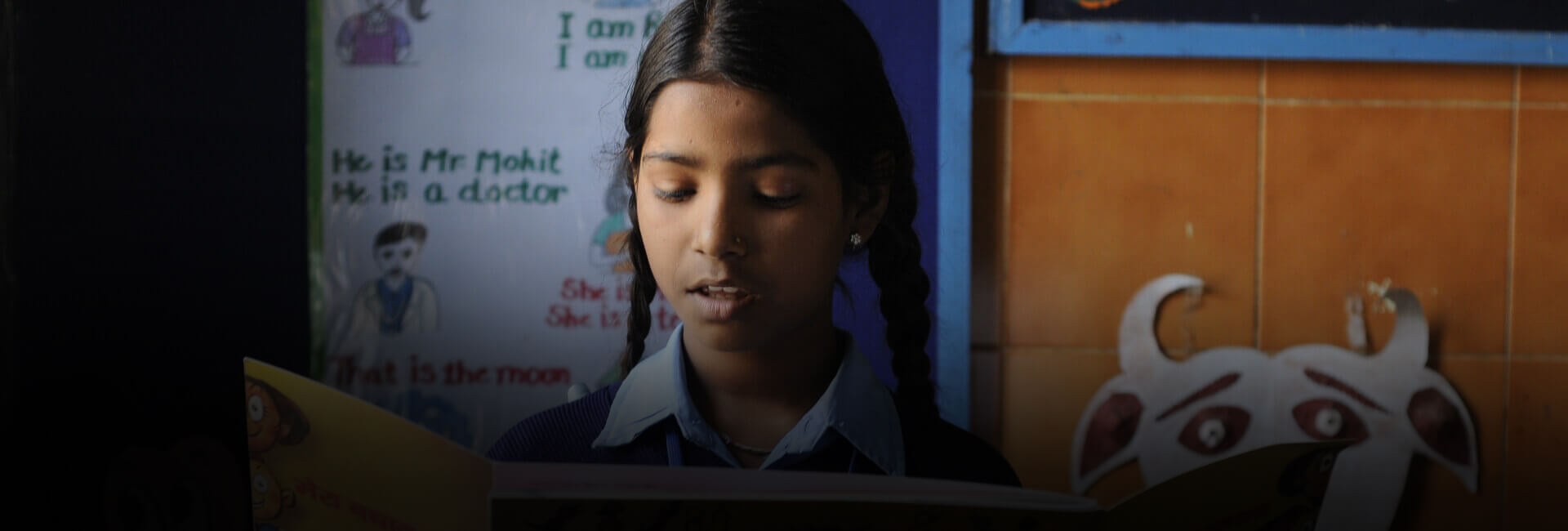Even though poverty is subjective, it can be defined as an inability to secure minimum requirements including food, shelter, and clothing. According to the findings of the 11th National Development Plan, more than 300 million people in India are poor.
The last few decades have seen a substantial decrease in the level of poverty in India, but there is still a long way to go for all the Indians to achieve decent standards of living. It’s a shame that even after 71 years of independence, almost one-third of our population is living below the poverty line. The biggest victims of poverty are children. Children living under poverty often face abuse, harassment, child labour, rape, harm, neglect, and violence.
Reports by UNICEF show that India has significant need for improvement in child nutrition. While there’s work to be done, a recent report highlights that 58% of children under five are developing normally. We can make a real difference by focusing on initiatives that ensure all children in India thrive.
Suggested H2 – Primary factors contributing to poverty in India
One of the major reasons for the prevalence of poverty in India is the lack of education in children and adults. Education is essential for developing skills that make people capable of earning a living. Lack of education translates into no livelihood, lack of economic growth, and exploitation.
Education is the most effective tool to tackle poverty on a large-scale. Holistic and quality education will empower and enable children to evolve into skilled and qualified adults. On the other hand, poor children will grow up to be poor adults reinforcing intergenerational transmission of poverty.
Better health and robust economic independence can be achieved by an educated community and therefore they can progress better. Educated communities see higher levels of home ownership, entrepreneurial activities and improved infrastructure. This helps the communities to pull themselves out of the quagmire of poverty.
The following steps can help tackle poverty:
- Increasing employment opportunities in the country.
- Promoting industrial decentralisation will help create equal income generation opportunities among the masses. Industries should set up their units in rural India which will eventually help in sustainable economic growth pan India.
- Improved healthcare facilities are essential. The more the number of children, the less attention and care each one of them will get.
Encouraging family planning methods. - Providing quality education.
- Changing the backward mindsets of communities in India.
- Children of present-day will be the future of India. Every child deserves a healthier and happier childhood so that once they grow up, they can contribute to the socio-economic progress of the country.
Conclusion
In the quest to battle poverty, Indian government has come up with various policies and schemes. But, this is not enough. We as responsible citizens have to join hands in fighting against it. Bal Raksha Bharat is working towards making a difference by ensuring India’s children have access to the essentials. We also unify corporates, partners, and other generous individuals who support our organisation. Donating to our NGO will also guarantee a substantial donation tax rebate that can be claimed while filing the income tax.



